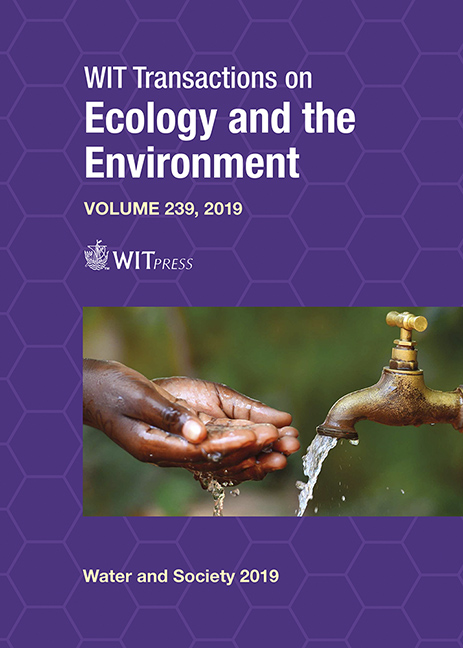BIOLOGICAL NUTRIENT REMOVAL EFFICIENCIES FOR HYDRAULICALLY OVERLOADED WASTEWATER WORKS
Price
Free (open access)
Transaction
Volume
239
Pages
9
Page Range
223 - 231
Published
2019
Paper DOI
10.2495/WS190201
Copyright
WIT Press
Author(s)
THANDEKA Y. S. JWARA, PAUL MUSONGE, BABATUNDE F. BAKARE, MLULEKI MNGUNI
Abstract
In this current age the environmental laws have become more stringent towards health, economy and reduction of pollution at the point of sources. Results of a comprehensive study are reported for Darvill wastewater works (WWW) inflow in relation to biological nutrient removal process. The incoming and outgoing nutrient (ammonia and soluble reactive phosphorus (SRP)) concentrations were determined using standard testing methods. Calculations of biological nutrient removal (BNR) efficiencies were used to evaluate the effects of high inflow to the biological treatability of the activated sludge for the period 2016–2017. At inflows above design capacity the nutrient removal efficiency was found to be at an average of 40% and SRP removal efficiency being 64% for the period of the study. The nutrient removal efficiency had an inversely proportional relationship to the inflow into the plant with ammonia removal being mostly affected. When the plant is overloaded the BNR process is adversely affected.
Keywords
biological nutrient removal, hydraulically overloaded plants, nutrient removal efficiency.





